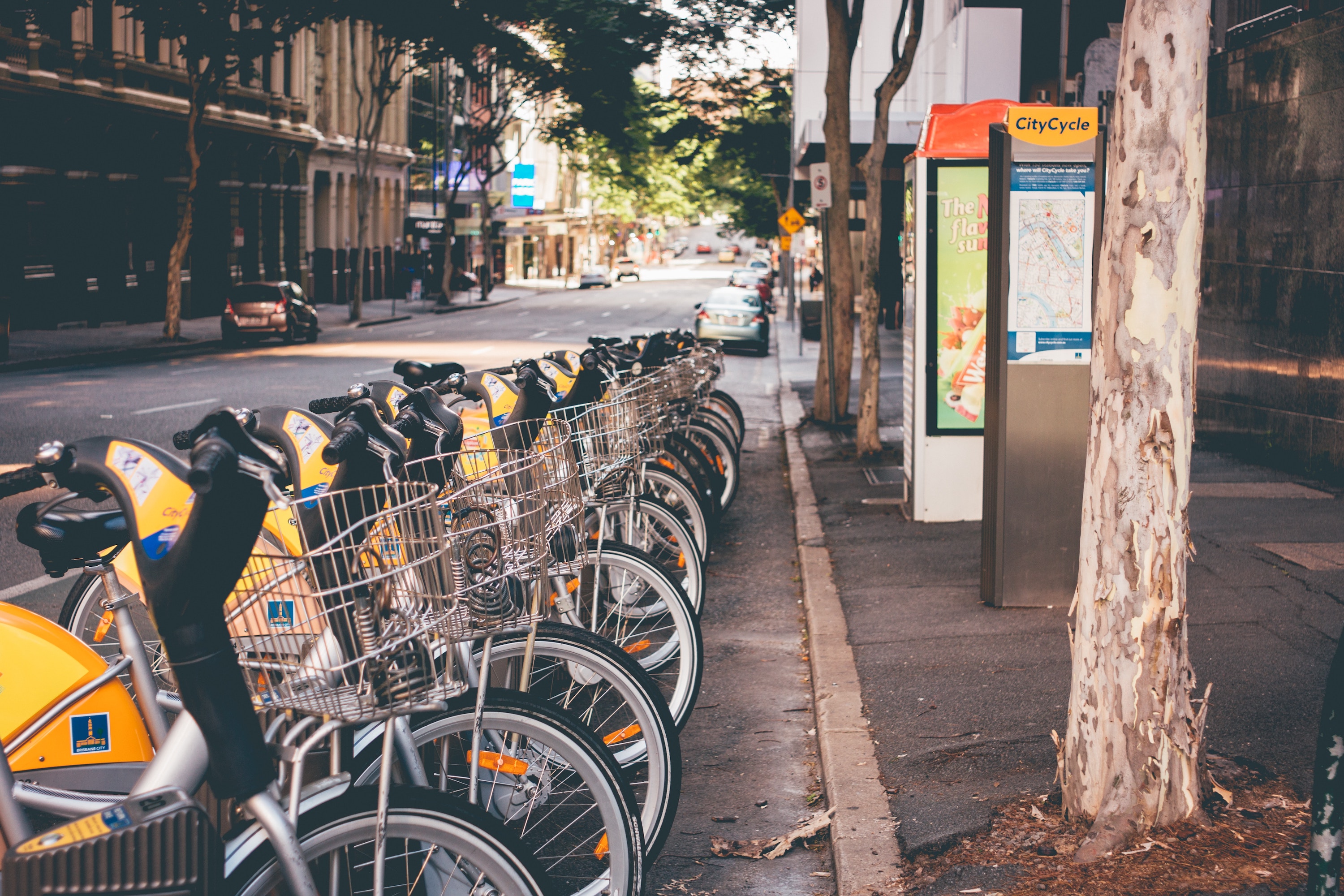
On a recent flight from London-Gatwick to Helsinki, I thumbed through the in-flight magazine. Ads [flips page] more ads [flips page]—ah, ha! Here was something worth reading: an article highlighting the airline’s industry-leading efforts towards reducing its fleet’s carbon emissions and improving fuel-efficiency. A few pages later, a spotlight on Helsinki’s Think Sustainably campaign—a digital hub created to support local businesses and residents in their sustainability efforts. The hub also directs visitors to the participants and suppliers who meet the city’s sustainability standard.
Was I grateful for choosing a fuel-efficient airline? Of course. Was I proud to be visiting a green city? 100%. Did I feel invigorated to make greater strides in traveling sustainably? More than ever.
If you're ready to join the movement, here are 10 ways to walk the walk as a sustainable traveler.
Getting There

Take the Train Over a Plane
So you’re feeling the effects of flygskam, but you still want to explore—or, get to your upcoming business meeting. Flight-shaming, at its core, is meant to discourage travelers from booking a flight unnecessarily. That is, if you’re traveling a short distance, take a train instead. When you take a train, you cut carbon dioxide (CO2) by half compared to a plane ride covering the same distance.
Put the Cool in Carpool
Of course, taking a train isn’t always a viable option. If you’re traveling as a group, your next best option is to carpool. Carpooling with colleagues to a work event—or with your family or friends on a road trip—is the more environmentally-friendly option versus everyone flying, especially if you rent or drive an electric or hybrid car.
If You Have to Fly, Fly Direct...
During take-off, planes use upwards of 25 percent of the fuel needed for the entire flight. Once at cruising altitude, however, planes become much more fuel-efficient. In general, a direct flight has a smaller carbon footprint than a series of shorter hops.
… and in Economy
When you book a fare with a low price-point, such as a basic economy fare, you’re intentionally purchasing a bare-bones ticket; one that almost always excludes a checked bag and sometimes even an in-flight snack. While that may sound barbaric to some travelers, basic economy fares fit just right for budget-savvy—and eco-conscious—travelers. Less weight per passenger equates to less fuel consumption—and fewer carbon emissions.
And yet, a basic economy fare isn’t always the best financial choice. Many travelers need to check a bag and tacking on an unnecessary baggage fee for the sake of booking basic just doesn’t add up. The good news? Flying economy—versus First Class or Premium Economy—is still the more eco-friendly choice. The seats at the front of the plane offer more space and amenities, meaning they bear a greater share of the plane’s weight. More weight. More fuel consumption. More emissions. Point for the cheap seats.
Getting Around There

Take a Walk
When you’re considering which hotel or Airbnb to book, find out the locale’s walkability score. Doing so will help you choose accommodations that are not only within walking distance to nearby amenities such as restaurants and cafés, but also public transit stops. In addition, leverage TripIt Pro to assess the safety of the neighborhood(s) you’ll be walking through. With separate safety scores for day and night, you can make an informed decision as to whether the location of your potential accommodations meets your walkability and safety standards.
Take Public Transportation
Any big city dweller can tell you the cost of riding public transportation is far, far cheaper than hailing a cab or even splitting a ride share. But that’s not the only reason to choose public transit; it’s the environmentally-friendly choice, too. By moving more people with fewer vehicles, public transportation helps reduce a city’s overall carbon footprint.
Staying There

Book Energy-Efficient Accommodations
Nowadays, travelers have more options than ever when it comes to booking a place to stay. Airbnbs, boutique hotels, global hotel chains, couchsurfing apps—while all of these options vie for your booking, here’s one way to narrow your search: Book the accommodation with a green building certification. Third-party certifications such as Leadership in Energy Efficiency and Design (LEED), Green Globe, Living Building Challenge, and Net Zero Energy Building provide travelers with the peace of mind that the building—whether it be a hotel, apartment building, or any form of accommodation in between—meets the standards for sustainable and renewable energy initiatives.
Decrease Your Water Consumption
When you’re staying in an energy-efficient hotel, you can also make a positive environmental impact by limiting your water consumption. This includes reusing towels and sleeping on the same bed linens for the duration of your stay.
Avoid Single-Use Plastics
Tired: Mini shampoo bottles.
Wired: Hotels that provide bulk soaps. Or better yet, bringing your own. Refillable travel soap containers are easy to come by—and guarantee that you’re always treating your tresses with your preferred shampoo and conditioner.
While you’re at it, just say no to the convenience of complimentary bottles of water. Remember that refillable water bottle you brought to stay hydrated during your flight? Here’s an opportunity to decrease your single-use plastic footprint locally, as well.
Support Sustainable Businesses
Frequent restaurants that partake in sustainable practices, such as composting food scraps. Skip fast-fashion stores and instead head to a vintage shop for an upcycled look that’s new-to-you. Buy local; support mom-and-pop shops. Doing so decreases the carbon footprint of what you buy, eat, and wear—and financially supports those who believe in doing the same.

